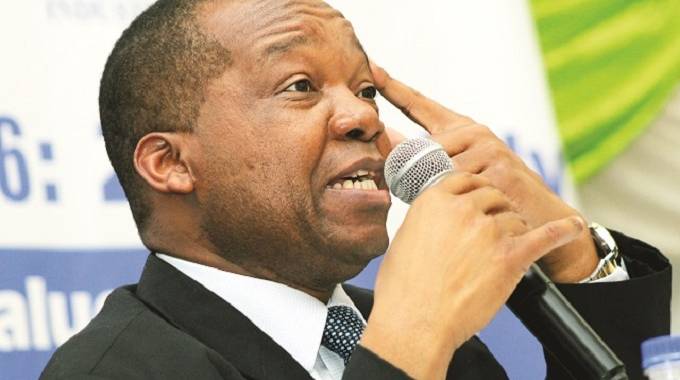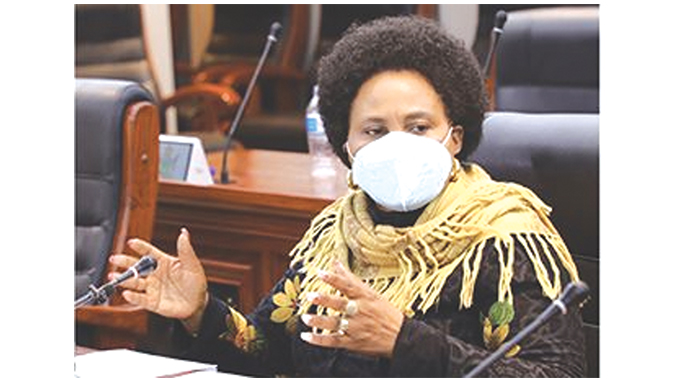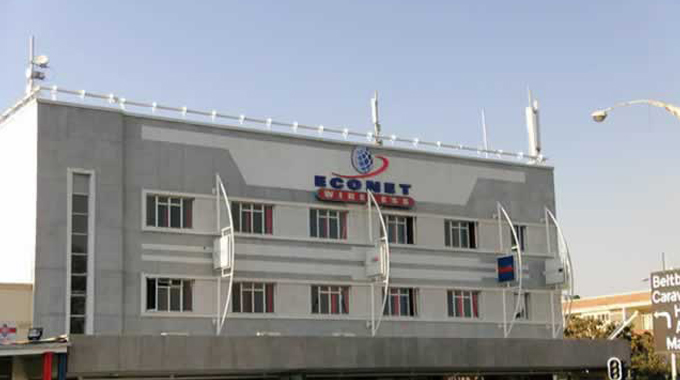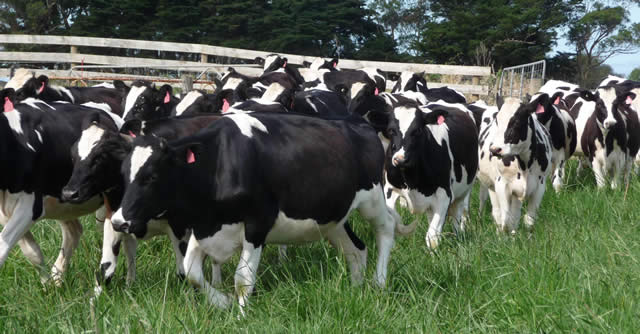RBZ sets aside additional $2.5bn for winter wheat

Business Reporter
THE Reserve Bank of Zimbabwe (RBZ) has announced an additional $2.5 billion to capacitate farmers in the forthcoming 2021 winter wheat planting season.
The Apex Bank’s monetary policy committee (MPC) resolved to increase support for winter farmers as part of measures to boost output and curb imports.
Annual wheat consumption for Zimbabwe is estimated at above 400 000 tons and yet wheat imports of around 80 percent are made each year.
Following the good 2020/21 rain season, there is a need to vigorously scale up wheat production with the Government and the private sector both expressing commitment to work together in boosting output.
Announcing the new funding yesterday, RBZ Governor Dr John Mangudya said the Central Bank was committed to implementation of sound monetary policies in order to sustain the current disinflation trajectory and ensure a conducive macro-economic environment for investment and growth.
He said following a recent MPC meeting, among other measures, the bank resolved to: “increase the amount of the medium-term bank accommodation (MBA) facility by an additional $2.5 billion to cater for the winter wheat planting programme; and putting a cap on the interest rate at which banks can on-lend the proceeds from the MBA facility at 10 percent above the borrowing rate to ensure recovery of the productive sectors.”
To buttress the 2021 fiscal and monetary policy propositions to foster macro-economic stability, Dr Mangudya said the MPC also agreed to keep the bank policy rate and the MBA rate at 40 percent and 30 percent, respectively.
This includes maintaining the current conservative monetary targeting framework, anchored on 22.5 percent reserve money quarterly targets.
Government’s interventions in revitalising the agriculture sector are informed by the Agriculture and Food Systems Transformation Strategy, whose objectives include assurance of national and household food security, creation of decent jobs as well as contributing towards sustainable industrial development through supply of raw materials and use of domestically produced agricultural inputs.
Starting with the 2021 National Budget, the country’s target is to increase agriculture output to US$8.2 billion by 2025.
Accordingly, the Treasury allocated $46.3 billion to the Ministry of Lands, Agriculture, Water, Climate and Rural Resettlement.
Relying on grain and other agricultural imports drains a lot of foreign currency from the economy and stifles the country’s efforts to revive domestic industry and create more jobs.
As an agriculture-based economy, with other key contributions from sectors like mining and tourism, increasing wheat and other grain output is seen as critical in realising a quick turnaround in economic fortunes, thus contributing to the attainment of an upper middle-income economy by 2030.
Meanwhile, Dr Mangudya has urged bureaux de-change operators to support micro-small to medium enterprises that require forex for their productive requirements at levels below the qualifying minimum threshold of the SME forex auction system. The introduction of the foreign exchange auction system last year in June has been credited for creating the prevailing stability in the exchange rate.












Comments